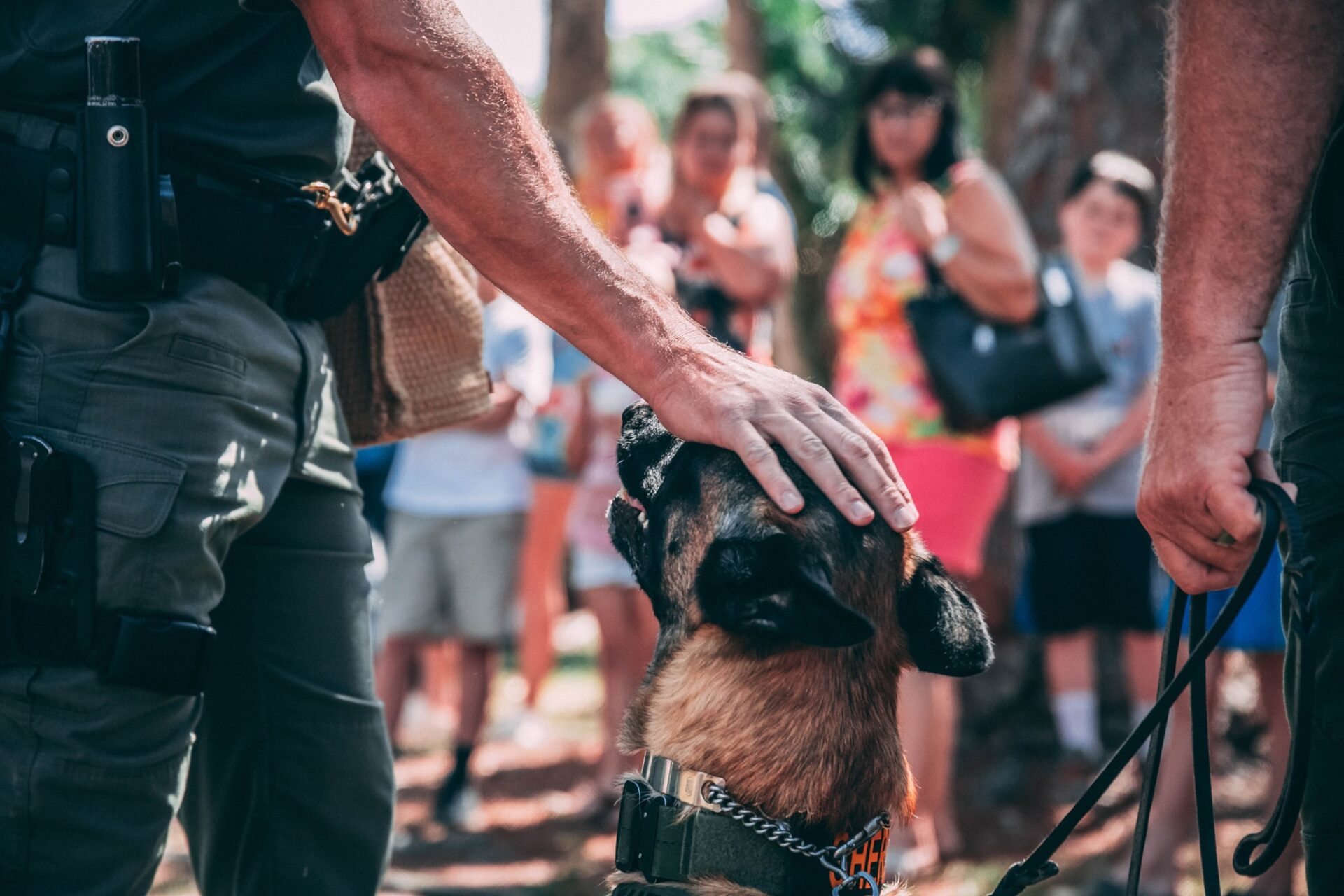
Police claim that drug dog operations are deterring drug use and catching dealers but the truth is that it only increases the risks of harm.
Public surveillance with drug dogs
11.3.15
Will Tregoning
Police claim that drug dog operations are deterring drug use and catching dealers but the truth is that they catch hardly any dealers, very few people are deterred, and the risks of harm are increased.
NSW passed laws in 2001 to allow police to use dogs for public surveillance with the intention of catching more drug traffickers. In 2006, the NSW Ombudsman reviewed the program and found that successful prosecutions for supply were achieved in just 19 of 10,211 searches. Given the scale of the NSW drug market, it is an abject failure.
Having identified extensive and concerning problems, the Ombudsman made an overarching recommendation that the government consider ending the program. If that recommendation was ever considered, it was never publicised – the case against drug dog surveillance was as overwhelming as the silence that followed. Inconvenienced by the facts, politicians and senior police simply waited until the issue faded from public view.
The program was retained with only the rhetoric changed. The public was now told that the objective was to deter drug use. Despite the failure of the program, it was expanded with the number of searches doubled by 2009. Every year since then, about 16,000 people have been searched. Over 10,000 of the people searched each year are not found to be carrying any drugs.
Retrofitting a new purpose and rhetoric to a failing program is one thing but the program still fails the new objective. From 2007 to 2010, NSW doubled the number of searches but the program still failed to deter drug use. The rate of recent illicit drug use among people in NSW actually increased – from 12.1% to 13.8%.
In a survey conducted each year from 2008 to 2010, the proportion of drug users who had drugs on them the last time they saw a detection dog also increased – from 60% in 2008 to 69% in 2010. This is consistent with the finding of an earlier study, that ‘regular ecstasy users do not see detection dogs as an obstacle to their drug use.’
There is no good evidence that police surveillance with drug detection dogs deters drug use.
This should come as no surprise. Each year, far fewer than 1% of NSW’s illicit drug users are found with drugs during a dog operation. A 2012 study found that fewer than 10% of people who had drugs on them when they saw a dog were detected. Among those who were searched while carrying drugs, the drugs were found less than half the time. With such limited success and a high false negative rate, the failure to deter drug use is entirely predictable.
The impact of these intrusive searches on people’s lives is a major negative of the program. Another cost is that these operations seem to only increase the health risks. The presence of drug dogs at festivals and parties creates an incentive for attendees to take all their drugs at once prior to entering. Often this is preplanned, but sometimes it is a panicked decision when confronted by the dogs.
In a study of drug safety at raves, 30% of those interviewed reported that they consumed drugs to avoid detection after seeing dogs at an event. A young man overdosed and died after doing this at a music festival in Penrith in 2013. Many other harmful but nonfatal overdoses undoubtedly occur.
Other risks come from replacing cannabis with more harmful but less detectable drugs, and from the increasingly common practice of hiding drugs in body cavities.
The unproductive and unpleasant interactions between police and the public during these operations are also harmful. In particular, about 700 people are strip searched each year following a dog indication and the overwhelming majority of them are not found with any drugs. Over ten thousand people are subjected to a regular search that finds no drugs. This kind of policing undermines the status of police and damages their relationship with the community.
It’s time to ditch the dogs.
Image Credit:
Jason Jarrach from Unsplash
Sign up
Sign up for movement news and opportunities to get involved
We are building a movement to make drug use legal and safe in Australia so that everyone has a better chance to lead a healthy and happy life.